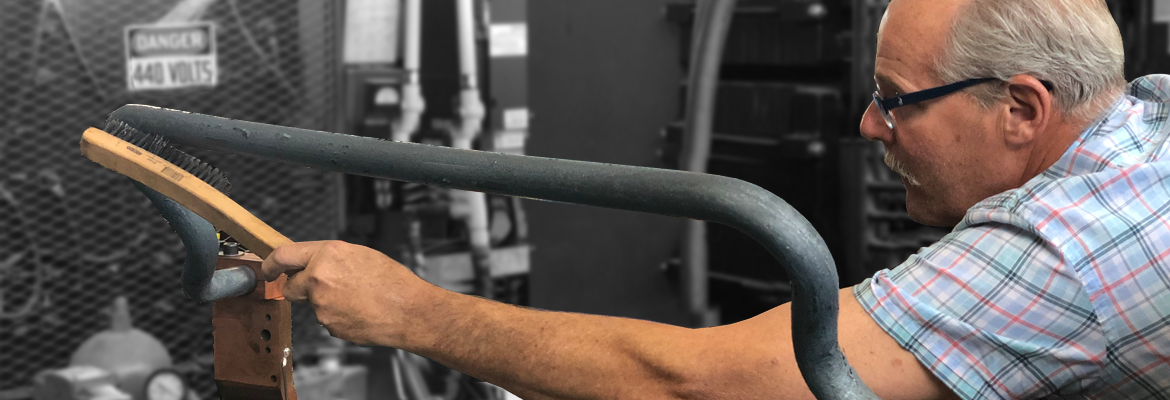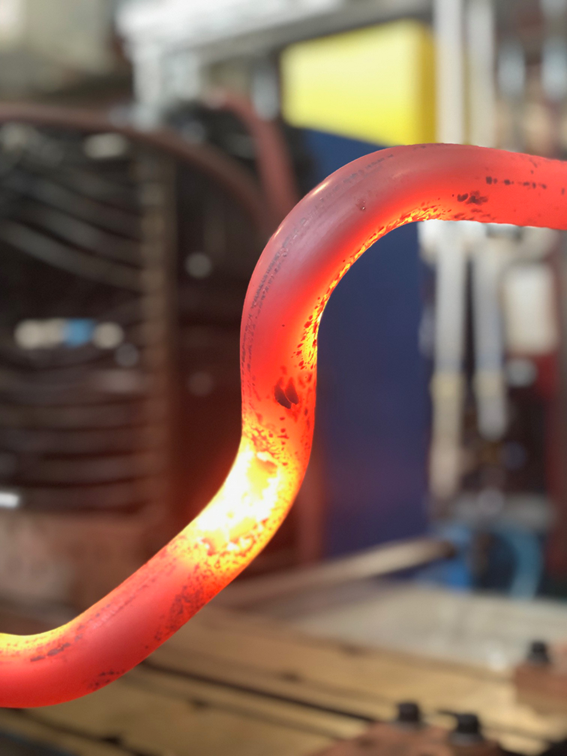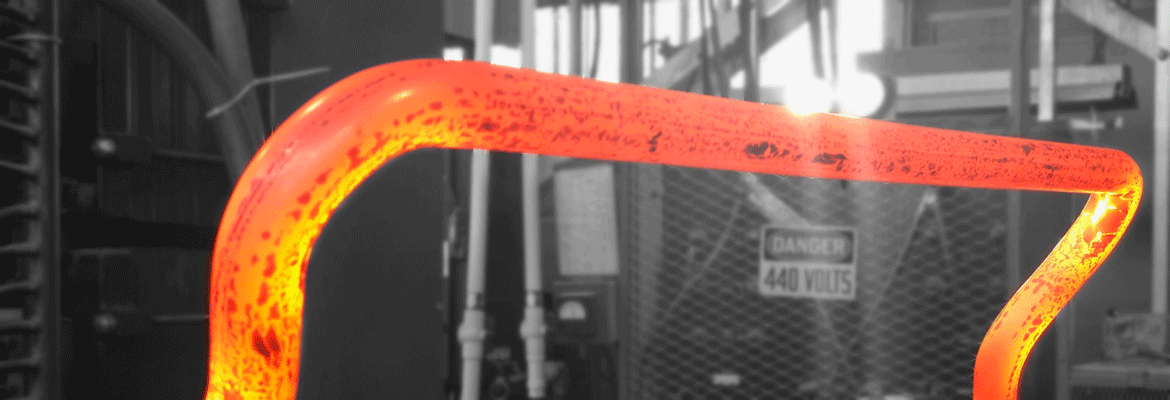Capabilities
Resistance Heating
How does Resistance Heating work?
Resistance Heating is heat produced by passing current through a part and the resistance of the part that generates the heat. The complete part is heated throughout simultaneously. This differs from induction heating where the part is heated from the outside in, through conduction.
Therefore – this process is used only where it is desired to heat the part completely through its cross-section. It is not used to provide localized heating – for example, just the outer case of a round bar.
Koops is now offering the high-quality Resistance Heating solutions of Newcor capabilities. We specialize in both single-phase direct and indirect resistance heating and three-phase direct heating.
You can trust Koops for an energy-efficient, consistent heating and a stellar, high-quality product.
Benefits:
- Consistent and uniform heating
- Typically above 90% efficient
- No gas or oil
- No equipment warm-up period and quick heating times compared to traditional ovens
- Uses energy only when needed
- Reduces carburization
- Low ambient temperature around the work area
- Faster heating time reduces cracking of the material and improves metallurgical characteristics, such as in machining of certain types of steel
- The part can be heated above the Curie point in which the part no longer is magnetic
- Process offers many opportunities for automated material handling
- Temperature can be controlled to within ± 25° typically. The work piece is the only item that becomes hot. All of the tooling, clamps and machine components remain cool.
Applications:
- Stress Relieving
- Normalizing
- Annealing
- Forging
- Warm forming
- Brazing
- Austenitizing
- Tempering
- Hot Upsetting
Requirements:
- Good contact
- Electrically conductive
- Uniform cross-section (it can be made irregular, under special conditions)



